eNeuro’s Top Downloaded Papers Of 2018!
Below is a list of the top 10 downloaded articles published in 2018, including the significance statements from each publication.
RNA from Trained Aplysia Can Induce an Epigenetic Engram for Long-Term Sensitization in Untrained Aplysia
Alexis Bédécarrats, Shanping Chen, Kaycey Pearce, Diancai Cai and David L. Glanzman
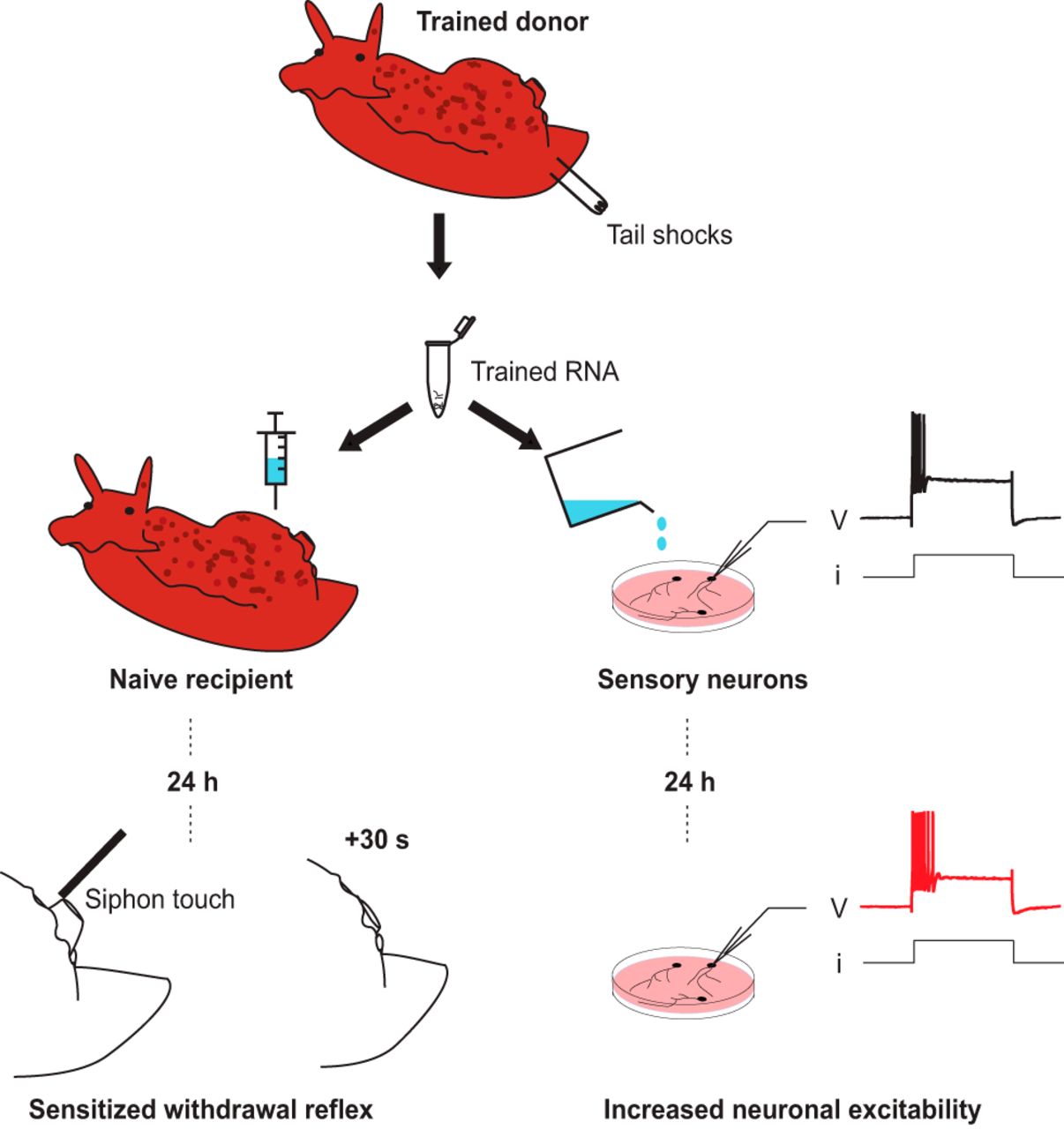
It is generally accepted that long-term memory (LTM) is encoded as alterations in synaptic strength. An alternative model, however,proposes that LTM is encoded by epigenetic changes. Noncoding RNAs (ncRNAs) can mediate epigenetic modifications. Therefore, RNA from a trained animal might be capable of producing learning-like behavioral change in an untrained animal. Here, it is demonstrated that the memory for long-term sensitization (LTS) in the marine mollusk Aplysia can be successfully transferred byinjecting RNA from sensitized into naïve animals. Moreover, a specific cellular alteration that underlies sensitization in Aplysia,sensory neuron hyperexcitability, can be reproduced by exposing sensory neurons in vitro animals. The results provide support for a nonsynaptic, epigenetic model of memory storage in Aplysia.
___________________________________________________________________________________
Implementing Goal-Directed Foraging Decisions of a Simpler Nervous System in Simulation
Jeffrey W. Brown, Derek Caetano-Anollés, Marianne Catanho, Ekaterina Gribkova, Nathaniel Ryckman, Kun Tian, Mikhail Voloshin and Rhanor Gillette
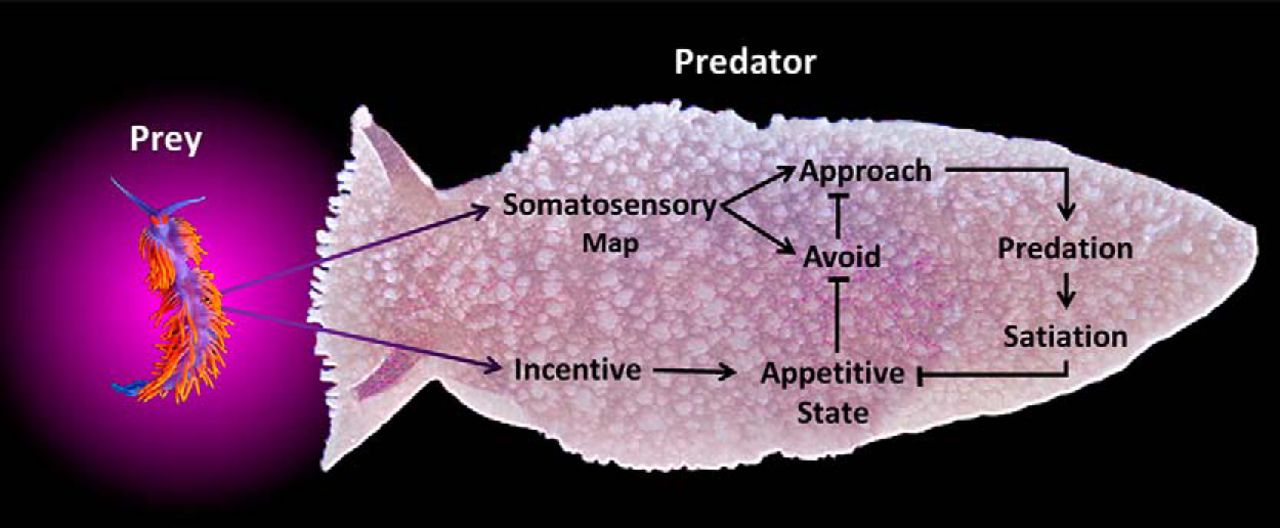
Contemporary artificial intelligence lacks the attributes of natural intelligence, in particular the abilities to relate information affectively. Accordingly, it is notable that the most complex animal behaviors serve primitive homeostatic goals, and emerge from the primitive mechanisms generating motivation and reward learning. Here is shown in simulation the function of a basic neuronal circuit for cost-benefit decision, derived from studies of a predatory generalist, the sea-slug Pleurobranchaea, and based on affective integration of information. Its simplicity may reflect distant ancestral qualities on which complexities in economic, cognitive, and social behaviors were built. The simulation validates experimental data and provides a basic module for expansion of behavioral complexity.
____________________________________________________________________________________
Lingual Gyrus Surface Area Is Associated with Anxiety-Depression Severity in Young Adults: A Genetic Clustering Approach
Baptiste Couvy-Duchesne, Lachlan T. Strike, Greig I. de Zubicaray, Katie L. McMahon, Paul M. Thompson, Ian B. Hickie, Nicholas G. Martin, Margaret J. Wright

Endophenotypes may help shed light on the etiology, cognitive impairment and genetics of psychiatric disorders. Here, we report a nonlinear negative association between anxiety-depression and smaller surface area (SA) of the occipito-temporal region, which comprises most of the right lingual and fusiform gyri (n = 834). This cluster was defined by applying a fuzzy clustering algorithm to a matrix of vertex-wise genetic correlations among cortical surface measures. We replicated this association in an independent sample from the Human Connectome Project (HCP; n = 890). We could not confirm the presence of a genetic correlation as the effect size of the association was modest (r = −0.10).
_____________________________________________________________________________________
Mitochondrial Ultrastructure Is Coupled to Synaptic Performance at Axonal Release Sites
Csaba Cserép, Balázs Pósfai, Anett Dóra Schwarcz and Ádám Dénes
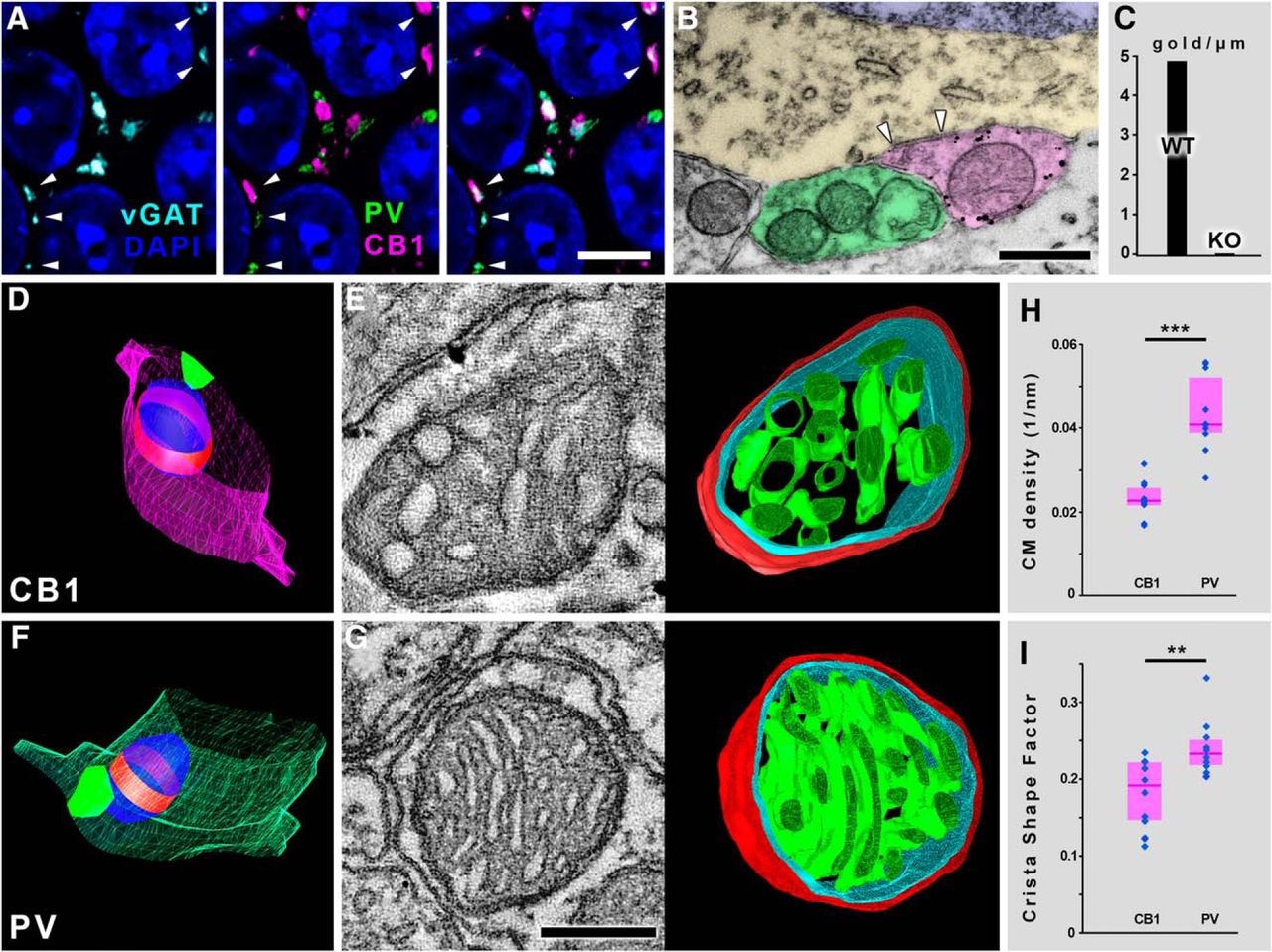
Neuronal networks are highly dynamic structures: cellular morphology and synaptic strength is changing as information is processed and stored. This means that the demand for mitochondrial supply is changing in space and time in neurons. Since the architecture ultimately determines the output performance of these organelles, we hypothesized that the ultrastructure of axonal mitochondria could well be a major parameter of adjusting their performance to the actual energetic needs of the synapse. Our results, describing a cell type-independent and synapse-specific correlation between mitochondrial ultrastructure, mitochondrial molecular fingerprints, and synaptic performance, highlight the importance of activity-dependent ultrastructural plasticity of these organelles in neurons and suggest an even more prominent role for mitochondria in neuroplasticity than it was thought previously.
_____________________________________________________________________________________
Why Is It so Hard to Do Good Science?
Ray Dingledine
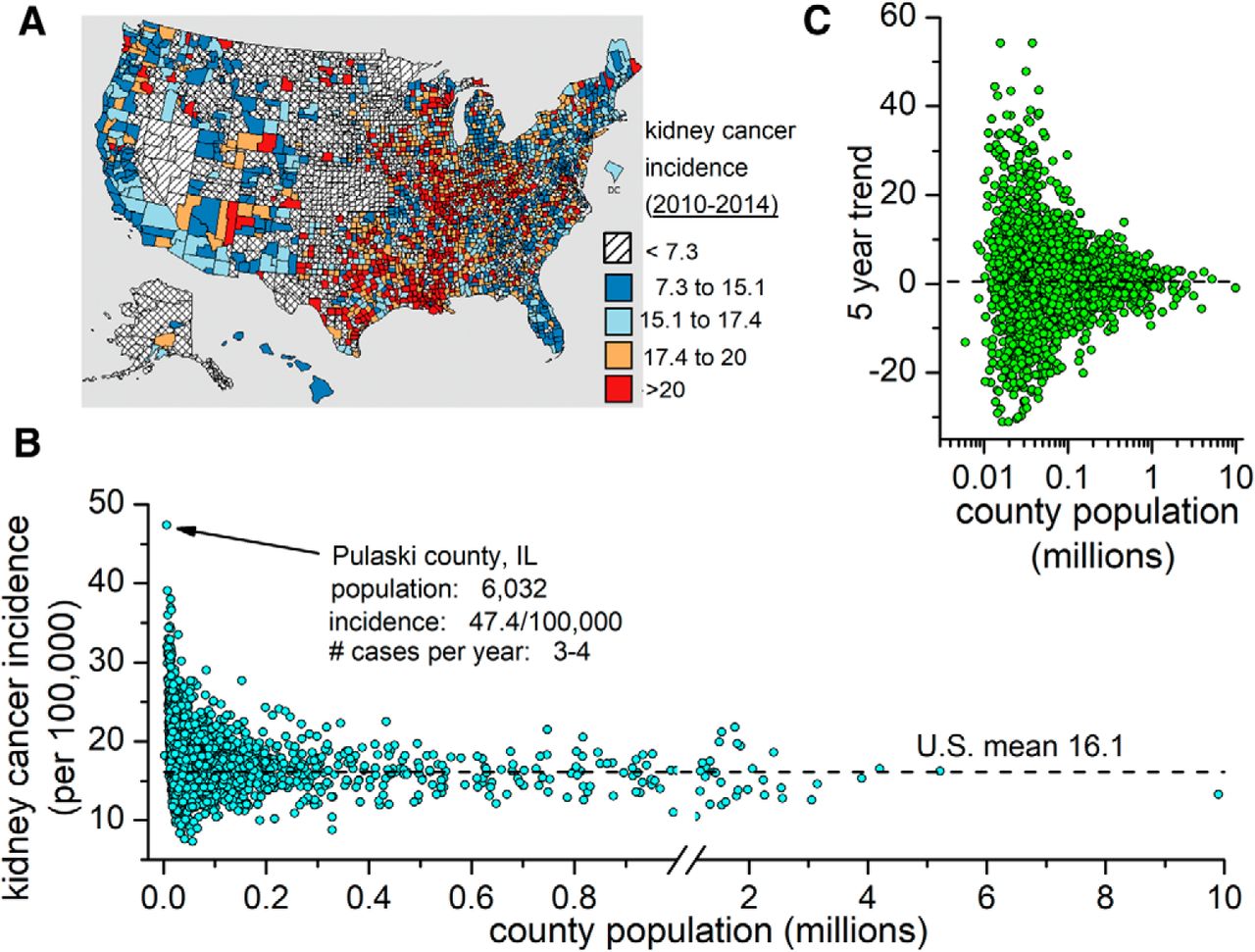
Societal approaches to improving the rigor and reproducibility of preclinical biomedical science have largely been technical in nature with a renewed focus on the role of statistics in good experimental designs. By contrast, the importance of preconceived notions introduced by our very human nature has been underappreciated for their influence on scientific judgments. Explicitly recognizing and addressing these cognitive biases, and including such strategies as carrying out a “premortem” before embarking on new experimental directions, should improve scientific judgments and thereby improve the quality of published findings, eventually boosting public confidence in science.
_____________________________________________________________________________________
Caveolin1 Identifies a Specific Subpopulation of Cerebral Cortex Callosal Projection Neurons (CPN) Including Dual Projecting Cortical Callosal/Frontal Projection Neurons (CPN/FPN)
Jessica L. MacDonald, Ryann M. Fame, Eva M. Gillis-Buck and Jeffrey D. Macklis

Callosal projections neurons (CPN) are a diverse set of neocortical interhemispheric excitatory projection neurons that integrate multiple distinct brain regions. While retrograde studies have identified CPN subpopulations that project to multiple targets, molecular identifiers are lacking for these subpopulations. Here, we identify Caveolin 1 (Cav1) as an identifier of CPN with dual callosal and ipsilateral frontal projections (CPN/FPN). CAV1 is expressed by over 80% of these CPN/FPN, with expression peaking early postnatally. CAV1 localizes to the soma and dendrites of CPN/FPN, suggesting function during postmitotic development and refinement of these neurons, rather than in their early specification. Identification of this molecular identifier of CPN/FPN will enable future functional investigations of this unique neuronal population.
_____________________________________________________________________________________
The Neural Dynamics of Facial Identity Processing: Insights from EEG-Based Pattern Analysis and Image Reconstruction
Dan Nemrodov, Matthias Niemeier, Ashutosh Patel and Adrian Nestor
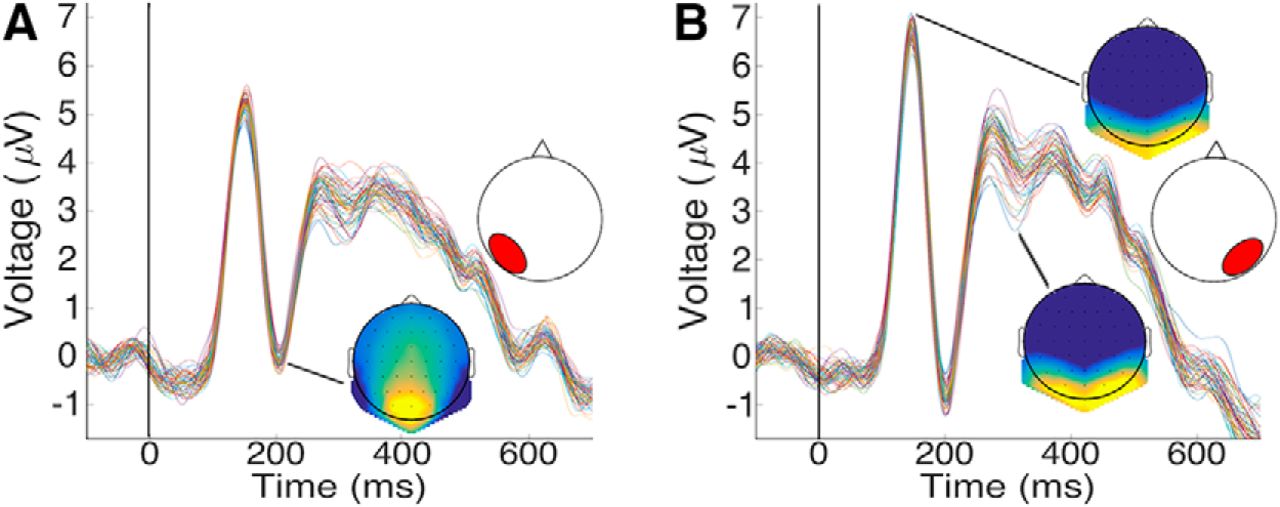
Identifying a face is achieved through fast and efficient processing of visual information. Here, we investigate the nature of this information, its specific content and its availability at a fine-grained temporal scale. Notably, we provide a way to extract, to assess and to visualize such information from neural data associated with individual face processing. Thus, the present work accounts for the time course of face individuation through appeal to its underlying visual representations while, also, it provides a first demonstration regarding the ability to reconstruct the appearance of stimulus images from electroencephalography (EEG) data.
_____________________________________________________________________________________
A Tutorial for Information Theory in Neuroscience
Nicholas M. Timme and Christopher Lapish
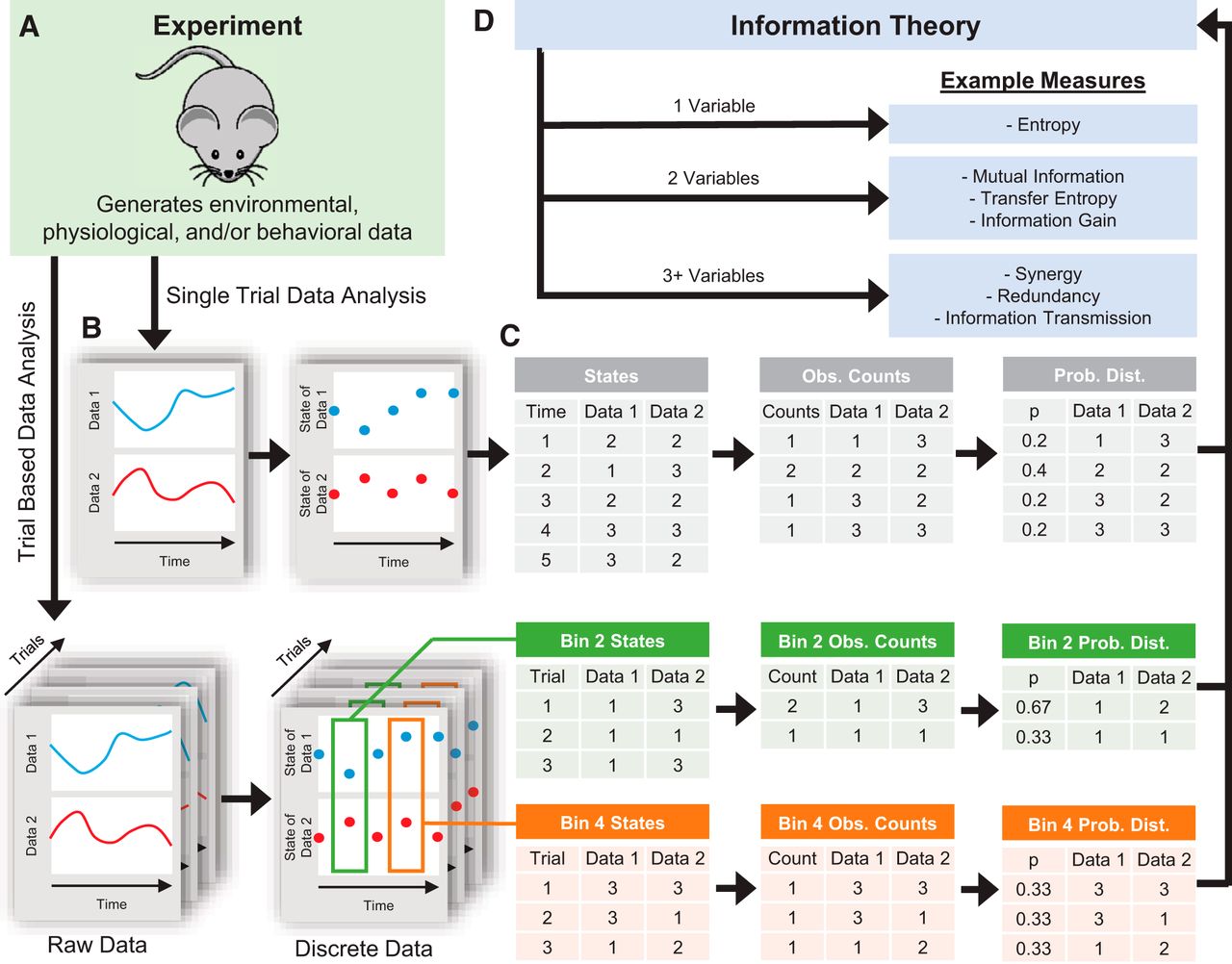
A primary function of the brain is to process and store information. Therefore, it makes sense to analyze the behavior of the brain using information theory, a statistical tool especially designed to quantify information. Furthermore, given improvements in data-gathering techniques, the power of information theory to analyze large, complex data sets is particularly relevant. In this tutorial, we provide a thorough introduction to information theory and how it can be applied to data gathered from the brain. Our primary audience for this tutorial is researchers new to information theory. We provide numerous intuitive examples including small abstract systems, small and large brain circuits, systems from famous neuroscience experiments, and free software to implement all calculations and models presented herein.
_____________________________________________________________________________________
Time-Restricted Feeding Improves Circadian Dysfunction as well as Motor Symptoms in the Q175 Mouse Model of Huntington’s Disease
Huei-Bin Wang, Dawn H. Loh, Daniel S. Whittaker, Tamara Cutler, David Howl and Christopher S. Colwell

Huntington’s disease (HD) is a genetically caused disease with no known cure. Lifestyle changes that not only improve the quality of life but also delay disease progression for HD patients are greatly needed. In this study, we found that time-restricted feeding (TRF) improves activity/rest rhythms in the Q175 mouse model of HD. This treatment also improved motor performance and heart rate variability (HRV) in the HD mice. Finally, TRF altered the expression of HD relevant markers in the striatum. Our study demonstrates the therapeutic potential of circadian-based treatment strategies in a preclinical model of HD.
_____________________________________________________________________________________
Filter-Based Phase Shifts Distort Neuronal Timing Information
Dorin Yael, Jacob J. Vecht and Izhar Bar-Gad
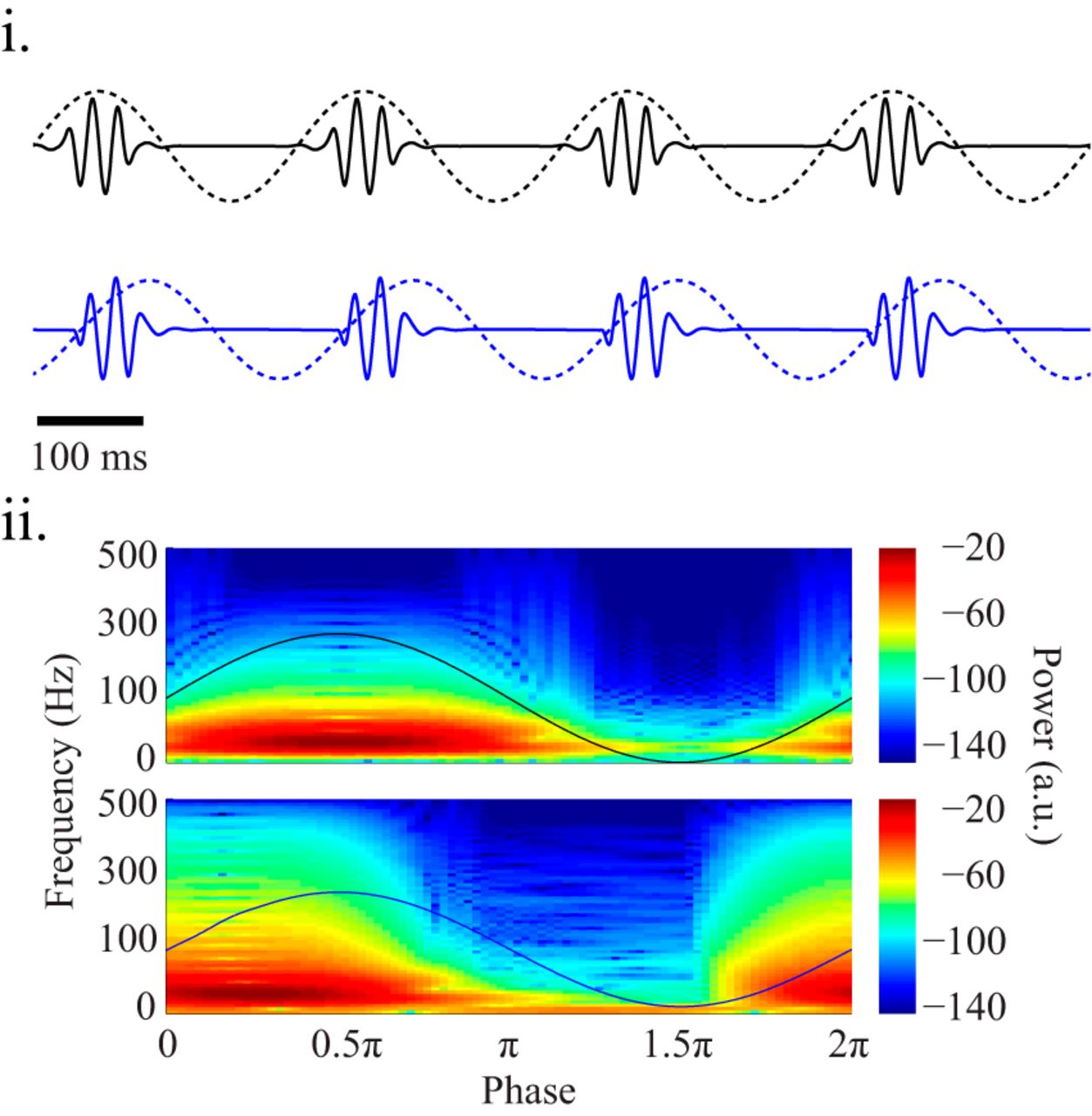
Filters are a common tool used in the processing of neuronal signals. In addition to their effect on the amplitude of different frequencies, filters also have a significant impact on their phases, which results in the distortion of the underlying timing information. This distortion, which arises by the online filters used in most neurophysiological systems and is exacerbated by further offline filtering, may cause severe misinterpretation of the results and lead to false conclusions. This manuscript presents different cases in which the timing information is disrupted and discusses the evaluation and correction of the underlying phase shifts.
FOLLOW US
POPULAR POSTS
TAGS
CATEGORIES


 RSS Feed
RSS Feed




